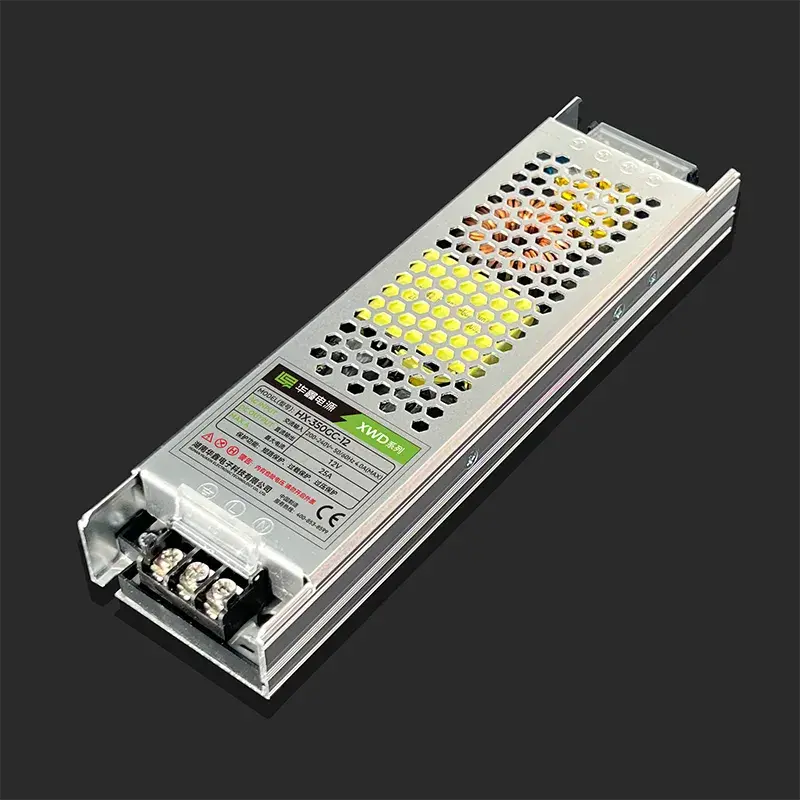Have you ever wondered what kind of electricity powers your home, office, or favorite coffee shop? Behind the flip of a switch lies a powerful system known as Alternating Current (AC) — the global standard for delivering energy efficiently and reliably.

An AC power supply refers to a system that delivers electricity in which the current reverses direction periodically. AC flows back and forth in a wave-like pattern. This alternating nature of current allows for more efficient transmission over long distances and simplifies voltage transformation. In most countries, AC power operates at standard frequencies—either 50 Hz or 60 Hz—depending on local grid regulations. It typically takes the form of a sinusoidal waveform, which enables smooth and consistent delivery of energy to various types of equipment.
In power stations, alternating current is usually produced by large alternating current generators. These alternators convert mechanical energy—often from turbines driven by water, steam, or wind—into electrical energy. The movement of a magnetic field within coils of wire produces an alternating voltage, which generates the AC electricity. Once generated, the voltage is increased through transformers for efficient transmission across long distances. High-voltage transmission lines carry this power to substations, where the voltage is then reduced and distributed to homes, businesses, and industrial facilities. This step-down process ensures that the electricity delivered is safe and usable for end consumers.
AC power systems can be broadly categorized into single-phase and three-phase supplies.
Single-phase AC power is most commonly used in residential settings. It delivers power through two wires—a phase and a neutral—and is ideal for powering lights, televisions, and small appliances.
Three-phase AC power, on the other hand, is more suitable for industrial environments. It uses three alternating currents spaced 120 degrees apart, which provides a more stable and continuous flow of energy. This setup is essential for running heavy machinery and equipment with high power demands, making it a preferred choice in manufacturing plants and commercial facilities.
It powers a wide range of applications, both domestic and industrial. In households, AC powers lighting systems, air conditioners, refrigerators, washing machines, and more. Because of its widespread availability, most plug-in devices are designed to operate on AC. In industrial environments, AC powers large motors, HVAC systems, and production lines. Its ability to be transformed to different voltage levels makes it practical for operating machinery that requires different power inputs. Additionally, AC is commonly used in public infrastructure such as traffic lights, street lighting, and elevators.
The versatility of AC power means it can serve everything from the smallest gadgets to the largest industrial operations. Its compatibility with the grid makes it the default choice for most electrical installations worldwide.
The main advantage of alternating current is its easy voltage transformation via transformers, enabling efficient long-distance transmission while minimizing energy loss. This makes AC ideal for widespread power distribution, supported by a mature, cost-effective infrastructure and durable equipment. Its global standardization ensures broad compatibility across industries and regions. AC’s alternating nature, however, is not suitable for sensitive electronics that require stable, constant voltage. Such devices require conversion to DC. Additionally, AC cannot be stored directly, so renewable energy systems relying on batteries must convert DC to AC for grid use, adding complexity.
AC power is a fundamental part of the modern energy landscape, offering an efficient and reliable method for transmitting and distributing electricity. Its ability to be easily transformed and transported makes it ideal for large-scale use, while its limitations in sensitive electronics are typically mitigated with simple conversion technologies. As global demand for energy grows, the importance of efficient AC power solutions will remain a central focus for companies like ours.
Leave a Reply